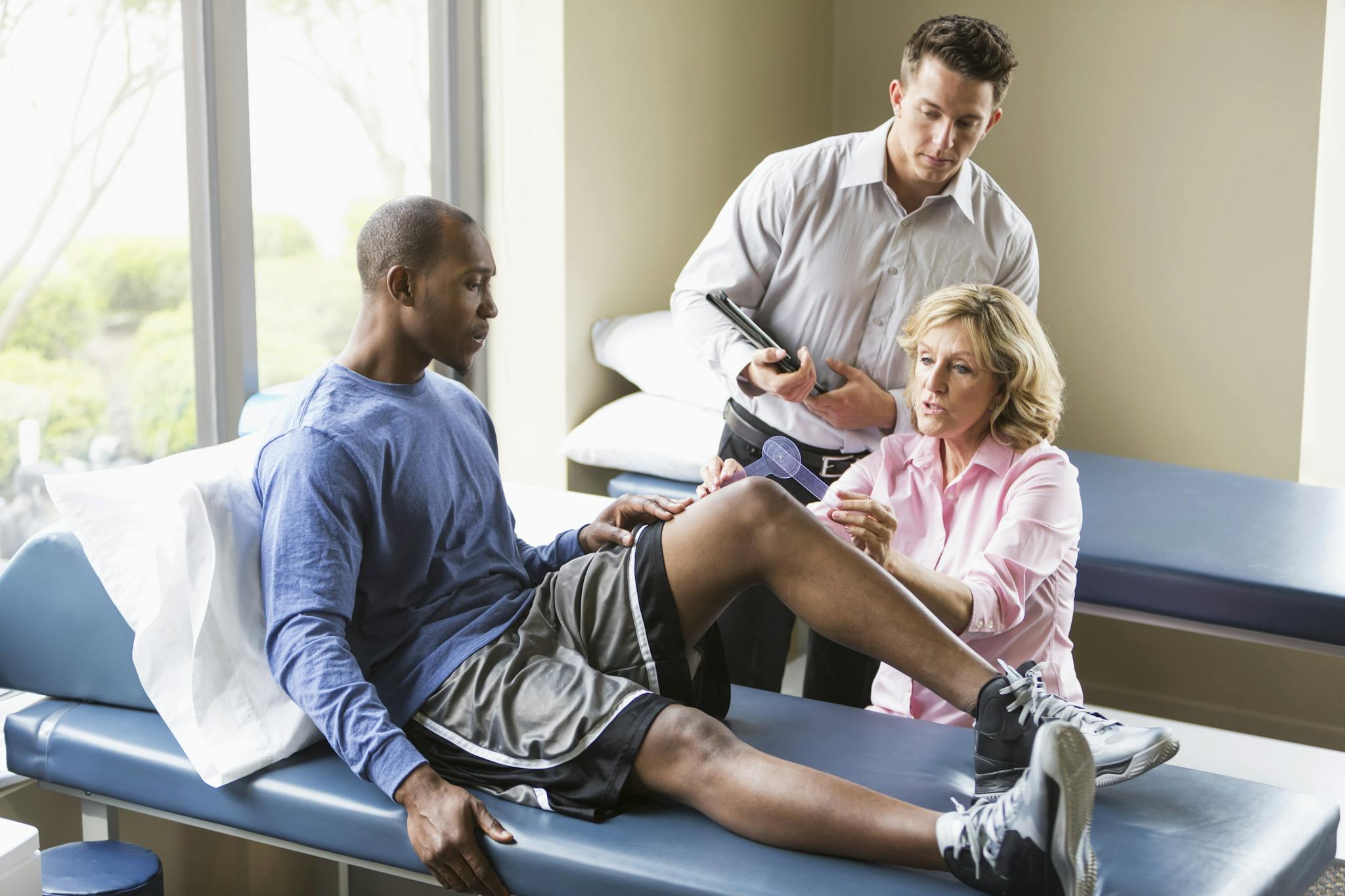
2024-07-12T16:54:51
Sunscreen Travel Tips
- Dermatology
November 1, 2016 | Orthopedics • Physical Medicine and Rehabilitation • Sports Fitness and Physical Therapy

For many medical patients around the world, pain management is the top priority. The skin and bones we all get at birth come with too many potential ailments to count, and simply avoiding major discomfort is often the first concern when the body has breakdowns.
Modern medicine offers multiple avenues to pain relief, including a pharmaceutical industry in full force with many patients searching for the quick fix, but the most preventative solution for many issues is physical therapy.
While methods have grown more complex and precise over time, the idea of physical therapy stretches back millennia. The body is far from perfect, but it’s well-stocked with the ability to repair itself over time in certain cases. Properly channeling these mechanisms can be the most organic way to both heal the body and prevent certain chronic issues.
With a nod to National Physical Therapy Month taking place through all of October, let’s look at some of the chief advantages of a physical therapy program for patients in need of solutions.
First and foremost, a well-planned physical therapy program will address the primary concern. Doctors work with patients to craft a unique individual approach to pain management, one which could include activities ranging all the way from simple repetition exercises and stretches at home to thorough, monitored activities on professional equipment. The process could also involve non-movement-related solutions, such as braces or selective taping in certain areas of the body.
Where possible, the point of this entire approach is to stimulate the natural healing already present in the body – without aggravating existing issues, of course. Some chunks of therapy will be painful in the moment, but if done properly they’re part of a larger goal which should help your pain decrease over time. Successful programs will not only reduce or eliminate pain, but they’ll also help provide natural blockers against future issues.
Even those without specific pain can benefit from physical therapy, and movement or balance issues are a great example. Lack of mobility is a serious issue for many people, particularly those in the elderly community, with evidence showing that just walking on a regular basis significantly reduces the risk of numerous common health issues. A very simple physical therapy program can help patients stay active in positive ways.
Additionally, anyone recovering from an accident or dealing with balance disorders like vertigo or chronic dizziness can see benefits from a balance-related program. Doctors can recommend a regimen of basic movements to help restore balance over time.
With our scientific capabilities exploding over the last several decades, pain medication has become a wildly popular solution for many patients. In some situations, it’s absolutely the right call: certain injuries or chronic issues are so severe that physical therapy alone won’t be enough to take someone out of their agony.
For many, basic physical therapy is an excellent alternative. It may not come with the instant gratification of a pill, but the long term benefits will often far exceed any medication. Proper rehabilitation through therapy can also help avoid surgery in many cases where it may have been necessary, which in turn will save the patient time, pain and money. Drugs can’t be avoided in some cases, but there are better alternatives for a lot of people.
When a surgery or major medical event does take place, physical therapy presents numerous benefits within the recovery process. It’s common in sports as players seek to repair damage and return to the playing field as soon as possible, but a good program can help bring along progress for anyone recovering from a significant procedure.
Another common example is stroke patients who use physical therapy to try and rebuild movement they’ve lost. These can be as simple as learning to use fingers and basic muscles or as complex as re-learning entire household tasks, but they’re often processes no drug can replace. Again, tapping into the body’s reservoir of self-healing is the name of the game here.
Finally, perhaps the most long-ranging benefit of physical therapy is its ability to cut off future problems at the knee (no pun intended). Unlike many pain medications, which tend to mask the problem temporarily but do little to solve the larger issue, therapy helps strengthen the body over time and prepare it for future rigors. It’s not just taking away the pain in that surgically-repaired knee – it’s helping rebuild those muscles to an even stronger point than before the injury. For those suffering from chronic pain, it can reduce or even eliminate symptoms over time.
WRITTEN BY:
The Live Better Team


2024-07-12T16:54:51

2024-07-02T11:42:04

2024-07-01T13:49:28

2024-06-21T14:29:51
This information is not intended to replace the advice of a medical professional. You should always consult your doctor before making decisions about your health.